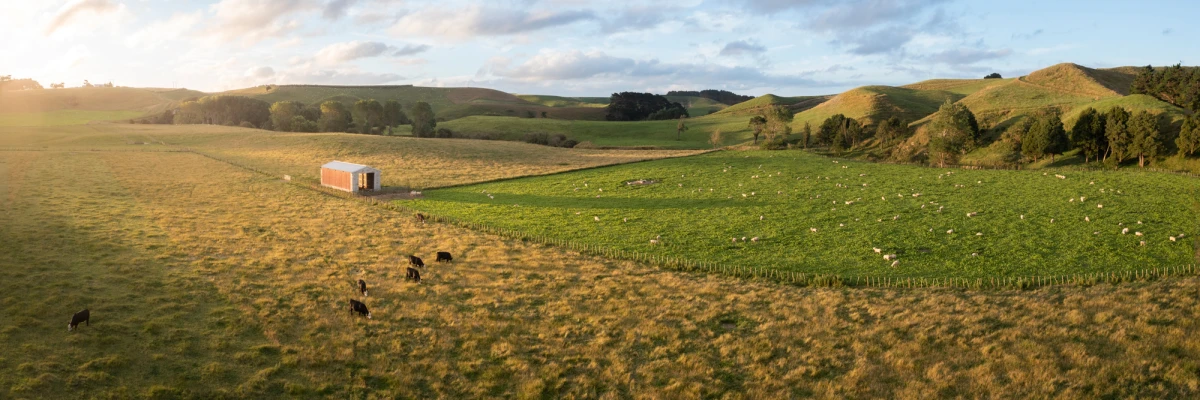
WeatherWatch has got you covered
Posted on Tuesday, 1 February 2022
This is the second New Zealand summer in a row to have the La Nina weather pattern that - so far - hasn't brought much rain. The positive about a La Nina summer is that while we're not guaranteed rain – New Zealand does have better chances of receiving it from the tropics.
WeatherWatch.co.nz (and our rural site RuralWeather.co.nz) said back in spring that with New Zealand halfway between the equator (where La Nina is measured) and Antarctica we will have plenty of variety – and not necessarily all the rain makers from the tropics. New Zealand is a bit like a traffic island between these two climate drivers – the La Nina (wetter/more humid) pattern to our north and the usual big highs and southerly flows of the Southern Ocean. We get a mixture of both, which is certainly what we've seen during December and January.
However, the North Island is now much drier than usual and with Cyclone Cody missing the North Island (and all the rain that came with it), many are now asking when the rain will return. The positive about a La Nina summer is that while we're not guaranteed rain, New Zealand does have better chances of receiving it from the tropics.
The long-range weather data we use via IBM (our business partner) does suggest the North Island still has rain chances during the coming month, while the South Island has more high-pressure zones tracking through (as we've seen so far this summer). As for February and March, IBM has fairly strong confidence of rainmakers moving into the North Island – high pressure zones over the South Island and southern Tasman Sea have been the main reason the north has been so dry. These highs have also allowed cooler, showery, southerlies to move into the South Island bringing more rainfall to our North Island neighbours.
It's also worth remembering the South Island (and the lower North Island, from Whanganui south) is in the Roaring Forties belt of weather that circles Antarctica. It means the South Island's weather pattern is more likely to be dominated by the Southern Ocean and South Australian weather patterns, more so than tropical lows.
The recent Cyclone Cody was an interesting moment to test the latest accuracy of computer modelling – which global models picked around 15 days earlier. In fact, our IBM data showed it in January. We always knew it wasn't locked in – that cyclones can just as easily miss us (because of the narrow north-to-south nature of New Zealand). However, the long-range data didn't place the low accurately in the New Zealand area, instead it was just to the east.
You probably wouldn't have noticed, with Cody mostly missing New Zealand, but it was the first storm in NZ history where WeatherWatch.co.nz worked alongside the Government forecaster MetService. It's part of a new friendship that was forged last year following a Commerce Commission complaint made by WeatherWatch about a lack of access to tax funded data. The investigation was halted in spring following MetService and WeatherWatch revealing they have been working together behind the scenes across 2021 to provide better updates in storms and to be more positive towards each other. It's a fantastic first step at lifting the standards in New Zealand even further than they already are and as an immediate result WeatherWatch.co.nz and RuralWeather.co.nz are the first private sector weather sites to provide a live/real time NZ rain radar (and in our free WeatherWatch App too).
With WeatherWatch.co.nz and RuralWeather.co.nz (our farming spinoff site that has the most weather data for your hyper-local part of the country than any other forecaster on earth) and our new relationship with MetService around severe weather events, we have got you covered weatherwise in 2022.
By Phillip Duncan, WeatherWatch